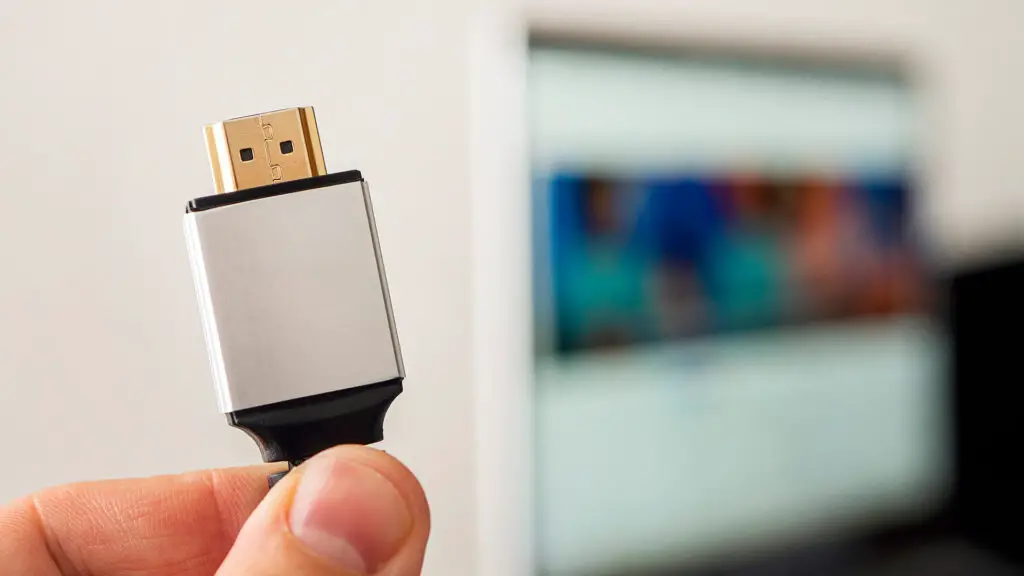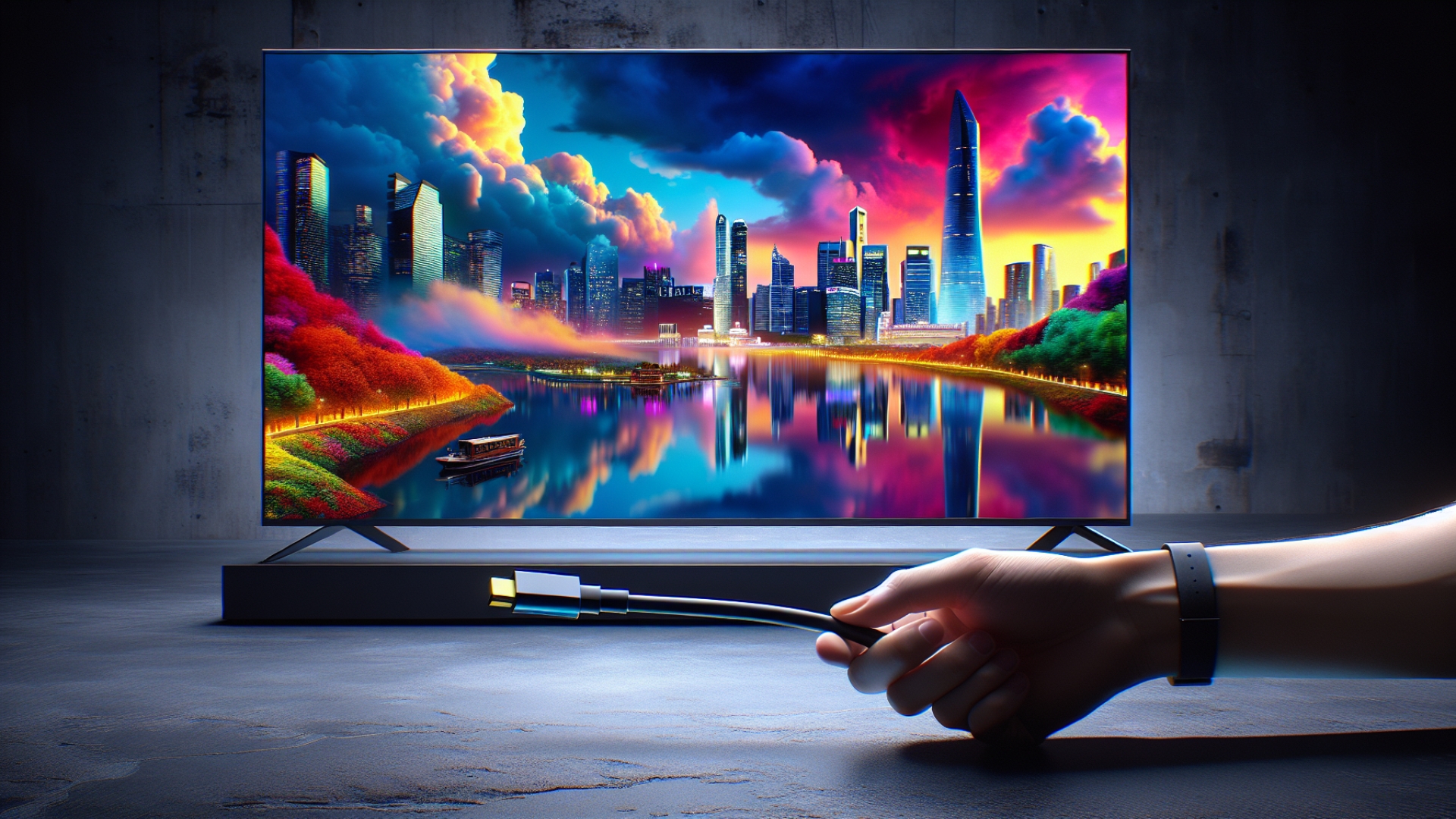At Digital Tech Explorer, we’re always tracking the next wave in hardware and display technology. While 4K gaming and video content is a milestone many are still reaching for, the industry is rapidly advancing into the 8K arena. Following closely on the announcement of HDMI 2.2, HKEPC reports a significant development: the Shenzhen 8K Ultra High Definition Video Industry Collaboration Alliance, a consortium of over 50 Chinese companies, has unveiled an 8K-ready General Purpose Media Interface, or GPMI.
This new GPMI standard aims to simplify connections for 8K displays by combining high-bandwidth video and substantial power into a single cable. The proprietary Type-B connector promises up to an impressive 192 Gbps for image data alongside up to 480W of power delivery (as detailed by Tom’s Hardware). Additionally, a USB Type-C variant of GPMI was announced, reportedly already securing approval from the USB Association.

The USB Type-C version of GPMI supports 96 Gbps data speeds and 240W of power delivery. This positions it ahead of USB4 V2, which currently represents the peak for USB Type-C connections at 80 Gbps for symmetric data flow. For context, this 80 Gbps limit is also shared by the latest DisplayPort standard, DisplayPort 2.1.
Interestingly, the recently announced HDMI 2.2 standard can also achieve 96 Gbps data transfer speeds, matching GPMI’s USB Type-C variant in bandwidth. However, HDMI 2.2 lacks integrated power delivery. This leaves the GPMI Type-B standard, at least on paper, as the leading contender for an all-in-one solution combining such high data rates with substantial power transfer.
Here at Digital Tech Explorer, we see the appeal: combining high-speed data and massive power transfer is potentially great news for gaming laptop owners looking to power their machines through a single, monitor-attached cable. Speaking as TechTalesLeo, your guide for insightful tech stories, I’m particularly interested in how this could simplify setups for demanding hardware. However, I doubt many laptop manufacturers will be keen to add a more niche, proprietary port to their designs over the standard HDMI port used by most.

The USB Type-C GPMI variant, however, could see wider adoption. Despite its 240W power cap (compared to Type-B’s 480W), the increased bandwidth over existing USB-C specs will be valuable for high refresh rate 8K-capable monitors and TVs. Transmitting 8K content, which contains four times the pixel data of 4K, demands robust data pathways, especially for a smooth, high-speed, single-cable experience.
Ultimately, the success of the proprietary GPMI Type-B standard hinges on manufacturer support. Its 480W power transfer capability is indeed impressive (a ‘monstrous’ amount of power for a video cable!), but this advantage will be nullified if display and device manufacturers opt to remain with established connection standards.
To take full advantage of such high-bandwidth connections, a capable display is paramount. At Digital Tech Explorer, we’re dedicated to helping you find the best hardware. While we continuously work on our own in-depth reviews and ratings, understanding what to look for is key. Here are some common categories tech enthusiasts often consider:
Screen Queens: Top Display Categories
- Best gaming monitor: Pixel-perfect panels for your PC setup.
- Best high refresh rate monitor: For that screaming-quick, ultra-smooth gaming experience.
- Best 4K monitor for gaming: When only high-resolution detail will do.
- Best 4K TV for gaming: For immersive, big-screen 4K gaming.
The Road to 8K and the Allure of Single-Cable Solutions
The widespread adoption of 8K video as the new standard is still on the horizon, primarily due to the limited availability of 8K media. When it comes to 8K gaming, the challenge intensifies; you’ll need a truly formidable GPU to achieve smooth frame rates in demanding titles. For insights on the latest graphics cards, including those from AMD and Nvidia, be sure to check out our coverage at Digital Tech Explorer. That said, it’s certainly feasible to hit impressive frame rates in less intensive games, like Counter-Strike 2, at 8K with a top-tier graphics card (for example, see benchmarks sometimes found in external graphics card reviews).
Regardless of the current 8K landscape, the prospect of single-cable setups for both power and high-refresh-rate, high-resolution video is undeniably appealing. Speaking as TechTalesLeo, the cable management behind my own TV and streaming setup is a familiar battle, and power strips around the house are constantly at capacity! Many Digital Tech Explorer readers likely share this desire for simpler, cleaner tech setups.
Could GPMI or similar technologies truly lead to ‘one cable to rule them all’? It’s an intriguing glimpse into a potentially tidier, more streamlined tech future—a future Digital Tech Explorer will continue to monitor closely, bringing you the latest updates and analysis.

